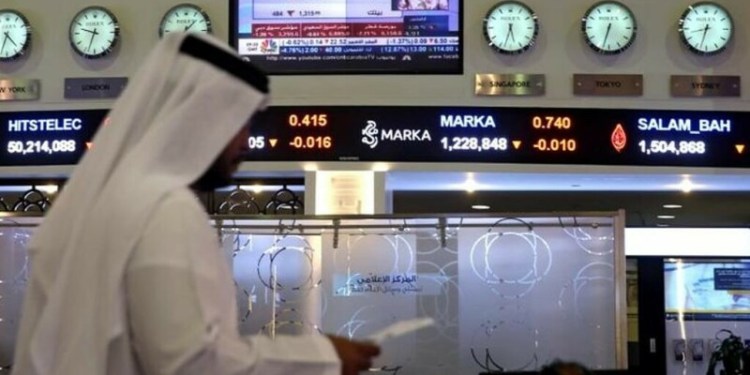 © Reuters. People walk by the U.S. Capitol building in Washington
© Reuters. People walk by the U.S. Capitol building in WashingtonBy Richard Cowan and Jeff Mason
WASHINGTON (Reuters) – U.S. President Donald Trump will request a package of $15 billion in spending cuts from Congress on Tuesday, including some $7 billion from the Children’s Health Insurance Program championed by Democrats, senior administration officials said on Monday.
The proposal comes as the White House and conservative Republicans in the U.S. Congress were edging away from a threat to pick a new budget fight with Democrats after Republicans initially floated some $60 billion in cuts a few weeks ago.
Senior administration officials said the initial package of proposed cuts was targeted at federal funds that were sitting unspent. It would not affect a two-year budget deal agreed in February.
More “rescission” packages, including a “large” one that would address cuts Trump wants from that deal, would be forthcoming, one senior administration official said.
The proposed cut to the CHIP program drew a rebuke from U.S. Senate Democratic leader Chuck Schumer.
“It appears that sabotaging our health care system to the detriment of middle-class families wasn’t enough for President Trump and Republicans; now they’re going after health care dollars that millions of children rely on, especially during outbreaks of the flu and other deadly illnesses,” he said in a statement after an initial report about the CHIP proposal.
The senior administration official, speaking to reporters on a conference call, said the cuts would not hurt the program. Of the total amount, $5 billion came from an account from which the money is not authorized to be spent under the law, he said.
The administration is also proposing $4.3 billion in cuts from an advanced technology vehicle loan program, which the official said had not made a loan since 2011.
The pullback from a larger figure comes after Republican Party elders, including Senate Majority Leader Mitch McConnell, warned against cuts that would unravel the two-year budget deal enacted with the help of Democrats in February.
The senior official said the package was never intended to be $60 billion.
Even the reduced cuts could antagonize Democrats, whose votes will be needed in months ahead to help pass bills to keep the government running in the fiscal year starting on Oct. 1.
The conservative group Americans for Prosperity, backed by the billionaire industrialist Koch Brothers, floated spending cut proposals on Monday totaling about $45 billion. Most reductions were aimed at non-defense spending, including nearly $1.5 billion in child nutrition programs, $700 million in student grants and $2.2 billion in international disaster aid. Such spending programs are typically defended by Democrats.
INFIGHTING
Washington was consumed for much of 2017 by fiscal infighting that pitted conservative Republicans against moderates in their own party and Democrats, with the federal deficit and national debt soaring in the background.
Congressional elections also loom in November, as Republicans battle to maintain control of both the House of Representatives and Senate.
Democrats in the House and Senate were withholding judgment on Trump’s scaled-back cuts, pending more details.
Some lawmakers worried that some of the targeted unspent money was still needed, such as funds earmarked for fortifying U.S. coastlines against hurricanes. That money was enacted after Hurricane Sandy in 2012.
In an op-ed published by the Washington Examiner newspaper, House Republican leader Kevin McCarthy wrote of “giving the bloated federal budget a much-needed spring cleaning.”
McCarthy is hoping to replace House Speaker Paul Ryan next year. To do that, McCarthy would need the support of conservative House Republicans, who spoke last month of taking an “aggressive” approach to budget rescissions.
That has rankled Democrats. They noted that they opposed tax cuts Republicans enacted in December that have ballooned federal budget deficits in recent months and were projected to add at least $1.9 trillion to the $21 trillion national debt.
Massive increases in defense and non-defense spending agreed to in March by both parties will add $1.3 trillion more to the debt.
Source: Investing.com



























